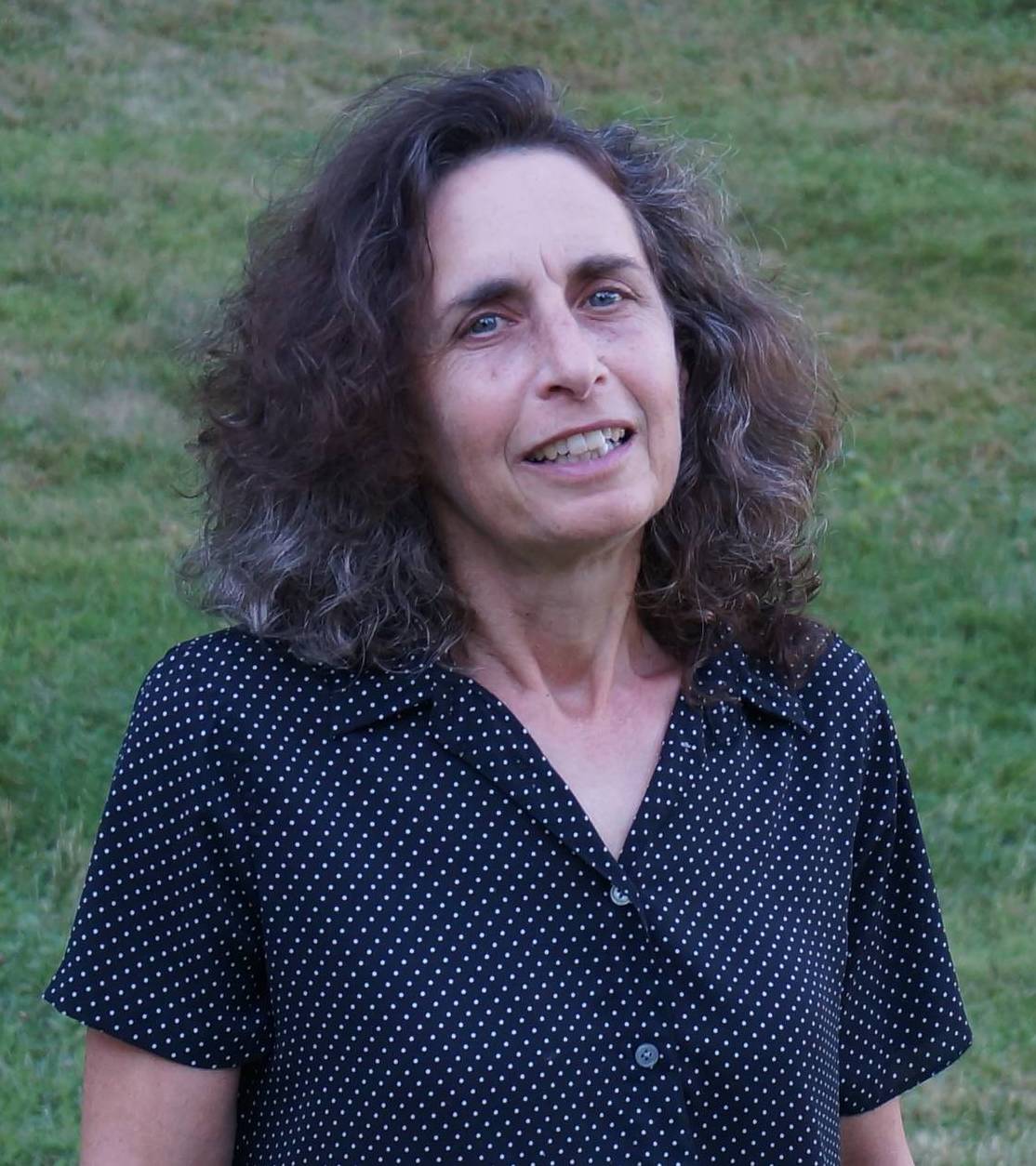
If the Sky Were Orange: Art in the Time of Climate Change
Part One – Polar Warming: Elizabeth Kolbert on Julian Charrière’s Towards No Earthly Pole
In 1847, two years after he had set off to find the fabled Northwest Passage, John Franklin disappeared in the Canadian Arctic. His death—and that of his entire crew—was confirmed about a decade later and mourned in Britain as a national tragedy. Among the many tributes raised to Franklin was a marble bust installed in Westminster Abbey. Alfred Lord Tennyson was called upon to write what might be described as the label for the work:
Not here! the white North has thy bones; and thou,
Heroic sailor-soul,
Art passing on thine happier voyage now
Toward no earthly pole.
The Arctic remains, for most of us, at the dangerous edge of experience. It is still the landscape of the sublime, still the region of the 24-hour day and the 24-hour night. It is still the place to go to lose yourself—either figuratively or literally—in nature’s inhuman beauty.
But the earthly poles are changing, and changing rapidly. The Arctic has warmed nearly four times faster than the rest of the planet. Today, it is an average five degrees hotter than it was just four decades ago. As its glaciers melt, the “white North” is growing darker. Since dark-colored surfaces—rocks, hillsides, and open water—absorb more sunlight than lighter ones, warming at the poles gives rise to further warming, producing a remorseless feedback loop.
So much ice is already gone from the Arctic that the Northwest Passage Franklin died seeking is now routinely navigated by cruise ships.
And so the need arises for a new kind of tribute—a memorial to a different kind of disaster. Today, what we grieve for is not the loss of a heroic sailor or an expedition, but of the Arctic itself.

About Julian Charrière
French-Swiss artist Julian Charrière uses photography, video, and installation to draw attention to endangered environments. A regular collaborator with scientists, engineers, art historians, and other specialists, Charrière frequently integrates multidisciplinary research and footage from intensive fieldwork into his artwork. He lives and works in Berlin, Germany. Learn more about the artist at julian-charriere.net.
About Elizabeth Kolbert

Elizabeth Kolbert is a staff writer at The New Yorker. She was awarded a Pulitzer Prize in 2015 for her book The Sixth Extinction: An Unnatural History (Crown, 2014), which explores historical extinctions as well as our current, human-driven moment, predicted to be the most devastating extinction event in 65 million years. Her most recent book is Under a White Sky: The Nature of the Future (Crown, 2021).

